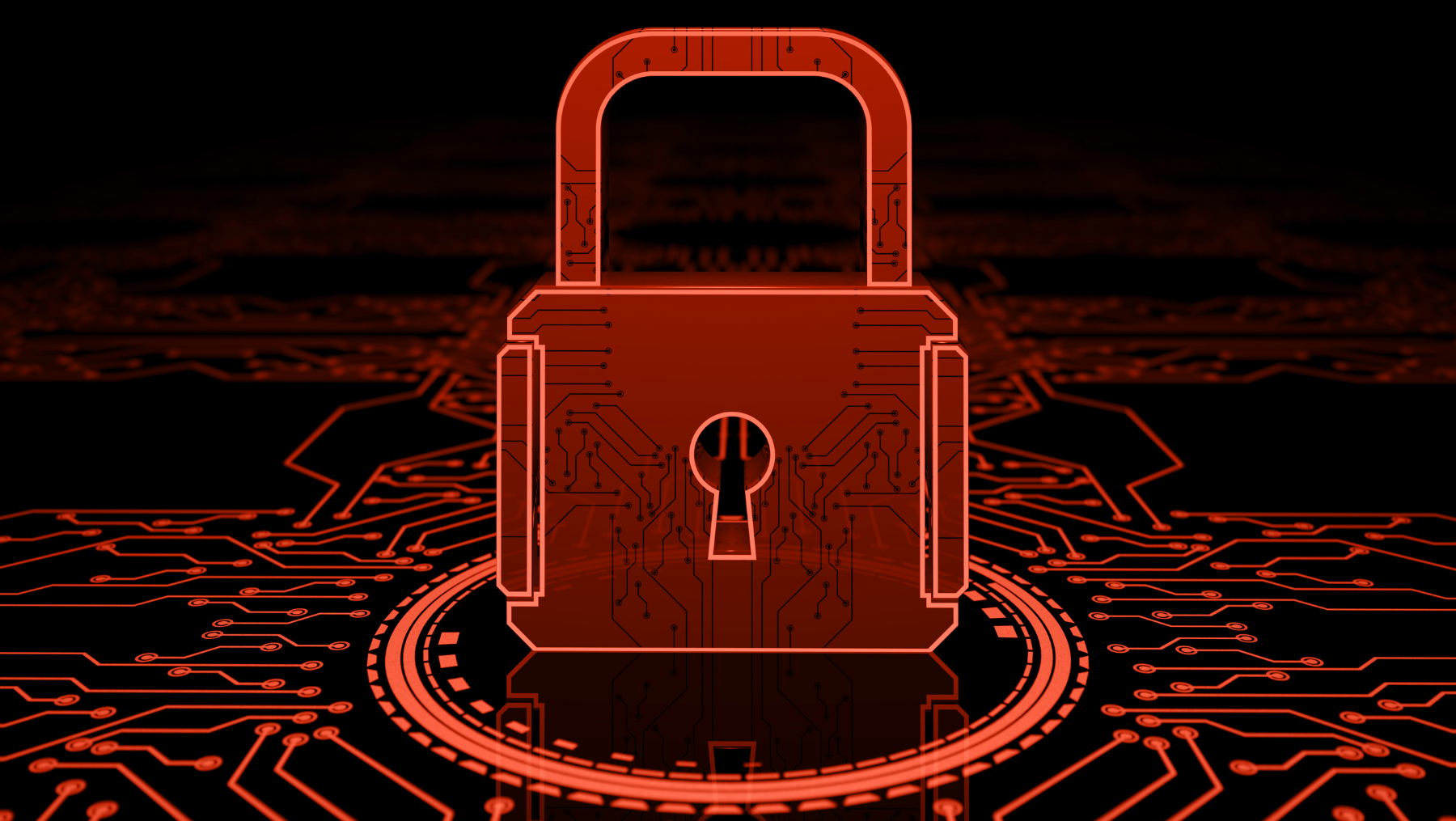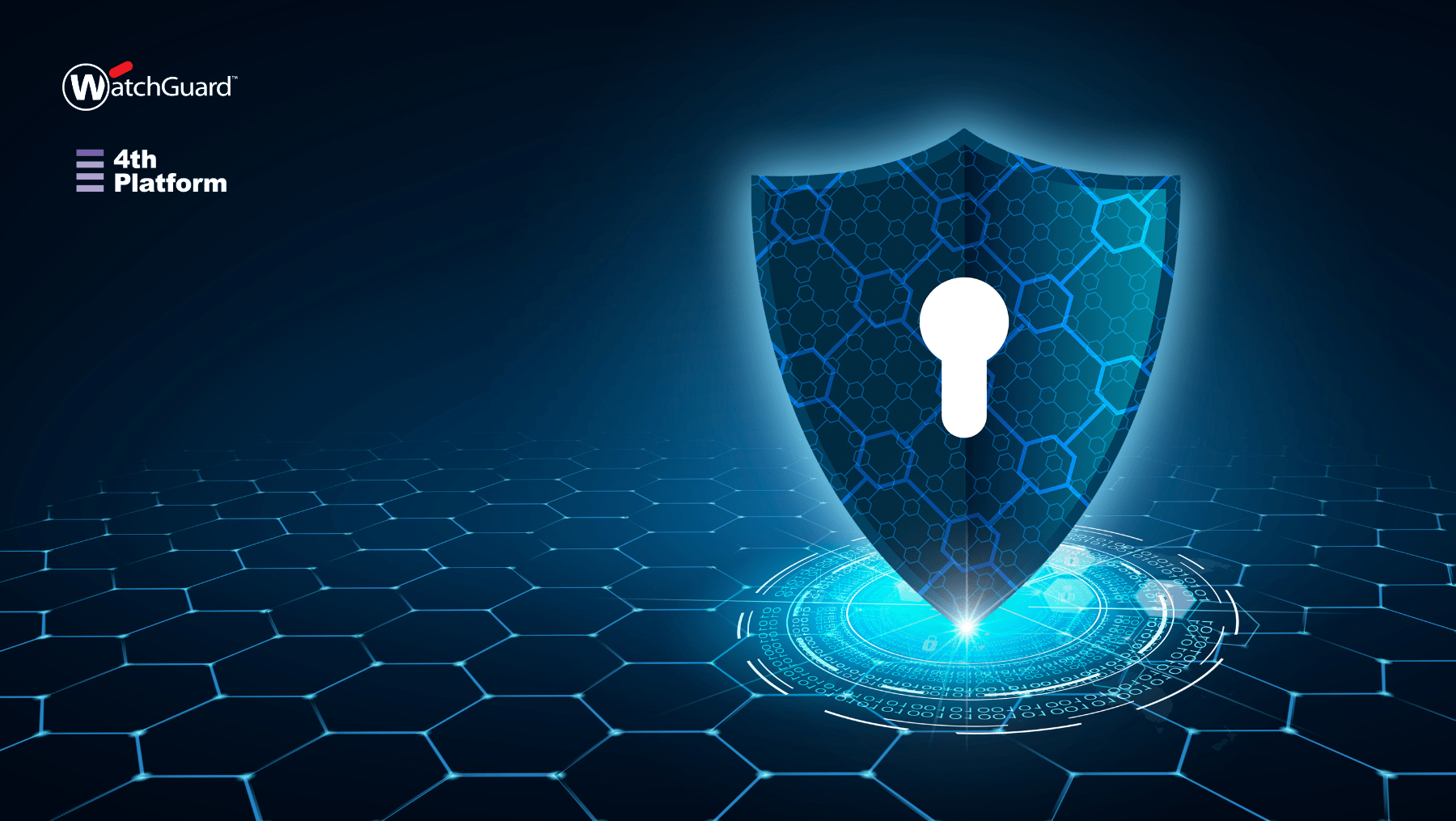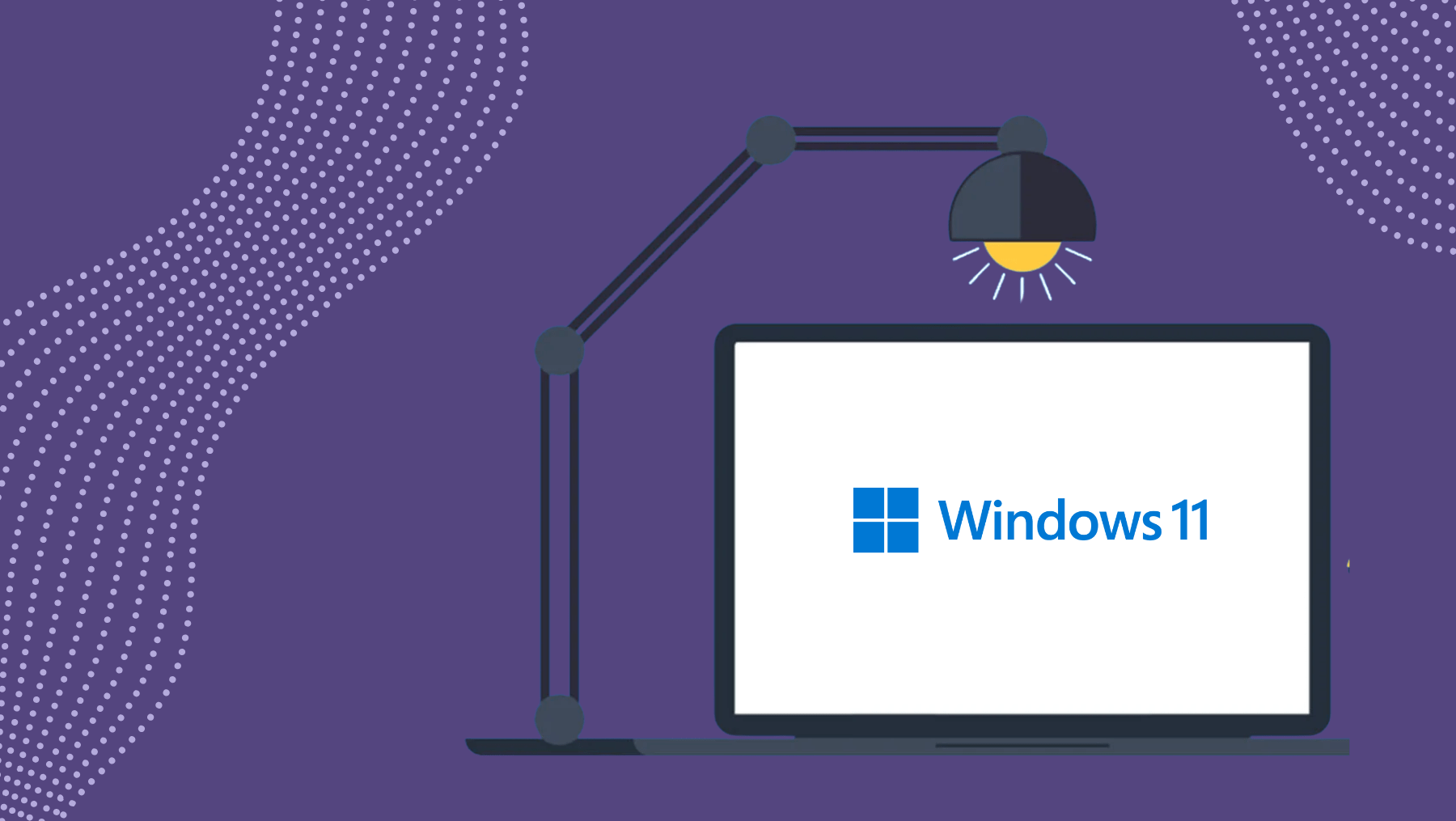As cyber threats grow in sophistication, traditional methods of protection—such as static firewalls or signature-based antivirus tools—struggle to keep up. Enter machine learning (ML), a branch of artificial intelligence (AI) that is revolutionising cybersecurity by proactively identifying and mitigating threats. Here’s how ML is reshaping the security landscape and protecting organisations against modern attacks.
Proactive Threat Detection
Machine learning algorithms analyse vast amounts of data to identify patterns and anomalies that indicate potential threats. By understanding what constitutes normal behaviour in a network, ML models can detect unusual activities—such as unauthorised access or data exfiltration—before significant harm occurs. This proactive approach drastically reduces the time between detection and response.
Automated Responses
In traditional systems, threat responses often rely on human intervention, which can delay mitigation. With ML-powered systems, automated responses can neutralise threats in real time, minimising damage. For example, ML can quarantine compromised devices or block malicious IPs as soon as they are detected.
Adaptability Against New Threats
Unlike static security measures, machine learning systems evolve. They adapt to emerging threats by learning from new data, making them particularly effective against zero-day vulnerabilities and advanced persistent threats (APTs). This adaptability is crucial in an era where attackers continuously change their tactics.
Reducing False Positives
A common challenge in cybersecurity is the high number of false positives generated by traditional tools, which can overwhelm security teams. Machine learning fine-tunes detection mechanisms to reduce these false alerts, allowing analysts to focus on genuine threats and improving overall efficiency.
Case Study: Microsoft’s Email Breach
In a stark reminder of the evolving threat landscape, a recent breach targeted Microsoft’s corporate email accounts, affecting multiple federal agencies. The attackers, linked to a Russian state-sponsored group, exploited a legacy system that lacked multifactor authentication. Sensitive communications between federal agencies were exposed in this attack, which underlines the importance of robust cybersecurity measures
Machine learning can prevent such breaches by identifying abnormal login attempts, flagging the lack of proper authentication, and shutting down access before attackers gain control.
Take Control of Your IT Security Today
The integration of AI and machine learning is no longer optional for organisations that aim to protect their digital assets. At 4TH Platform, we specialise in leveraging cutting-edge ML technologies to safeguard your data and systems. Whether it’s threat detection, automated response, or adapting to new vulnerabilities, our solutions are designed to stay ahead of attackers.
Protect your business now. Schedule a consultation with us to learn how machine learning can secure your organisation against the latest threats. Don’t wait for a breach—be proactive.
Read more about recent cybersecurity breaches and how to protect your organisation, Contact 4th Platform today to learn how we can help safeguard your business from the high cost of a date
For many organisations, achieving Cyber Essentials marks a valuable milestone. It protects against the most common cyber threats, reassures clients and insurers, and establishes
The unseen side of the internet Most business leaders are familiar with the internet they use every day: websites, emails, social platforms, and cloud
The IT Gap: When “Good Enough” Isn’t Enough Many small and medium-sized businesses rely on traditional IT support to keep things running. It’s a
4th Platform Partners with WatchGuard to Deliver FireCloud: Stronger Security, Less Effort Protect every worker, everywhere 4th Platform has partnered with WatchGuard to bring
The recent cloud outage at AWS, which caused downtime, data unavailability and shaken confidence, is a timely wake-up call for organisations of every size.
In 2025, sustainability is more than a buzzword, for UK organisations, it’s becoming integral to brand reputation, regulation, and cost control. And one of
In just 15 days, Microsoft will begin its formal switch to Windows 11 for eligible devices. Whether you’re managing a team of employees, running
The UK’s traditional phone network, the Public Switched Telephone Network (PSTN Switch-Off), is being retired. By January 2027, it will be permanently switched off.
Ransomware remains the UK’s most serious cyber threat. In July 2025, the Home Office set out proposals to ban ransom payments for public-sector bodies
The UK’s data protection rules are changing again Post-Brexit. With the Data (Use and Access) Act 2025 (DUAA) now law, businesses face new obligations


















